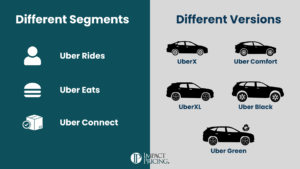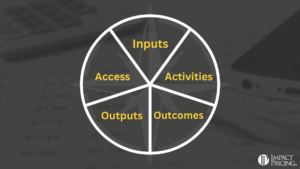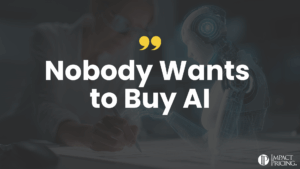This article on pricing at a coffee shop in the UK is a fantastic example of the power of losses over gains. Their goal, to get more people to use their own mugs and stop throwing away paper cups. Let’s start with the results:
“A quarter of hot drinks sold since the start of term in September 2018 have been to students, staff and other customers using their own mugs – up from 12 per cent in the previous academic year of 2017-18 and a significant increase from October 2017, when just two percent of hot drinks were in reusable mugs.”
How did they do that?
You know that when you take your own mug into a Starbucks or most coffee shops, they give you a 10 to 20 cent discount. That’s nice. I usually get the discount just because I like using my own mug that says Ohio State on it. ????
Environmentally conscious companies and people would very much like more people to carry and use their own mugs. According to this article, before the pricing change, about 2% of their customers brought their own mugs.
To increase this number, they changed the pricing. In reality, they changed the framing of their pricing. Instead of offering a discount for bringing in your own mug, they charge you extra if you don’t. The article says self mug usage went up to 25%. Wow!
What happened?
What happened? It’s the difference between gains and losses. When they offered a discount for bringing in your own mug, that’s a gain. It’s a nice positive benefit if you choose to do it. However, when they surcharge for not having your own mug, that’s a penalty or a loss. You have to pay extra. The end price could be identical, but the way they framed the pricing made a huge difference.
Prospect theory tells us losses loom larger than gains. This is a great practical example that by simply changing the framing, they can change customer behavior.
Can you detect whether your customers see parts of your product offering as a gain or a loss? Would it impact their behavior if you flipped it?














